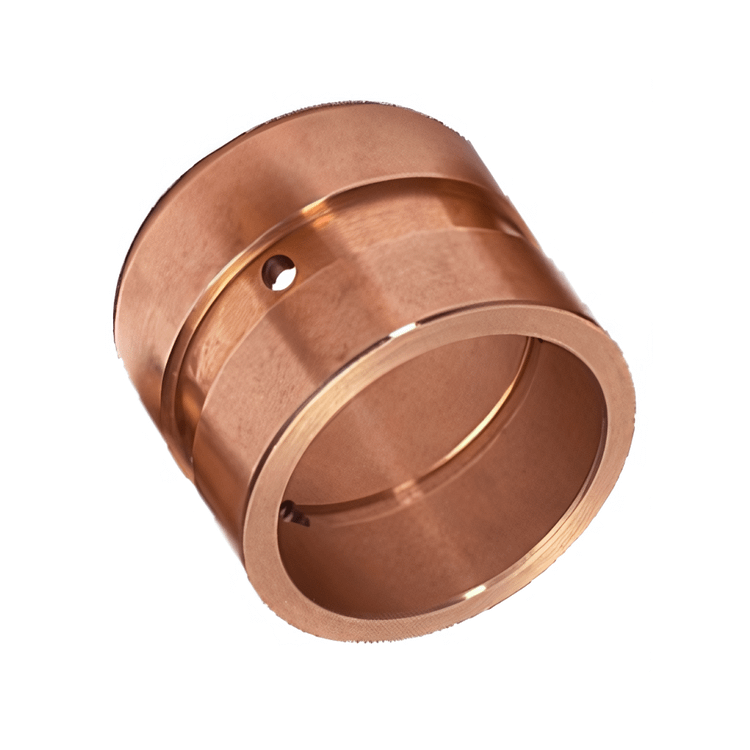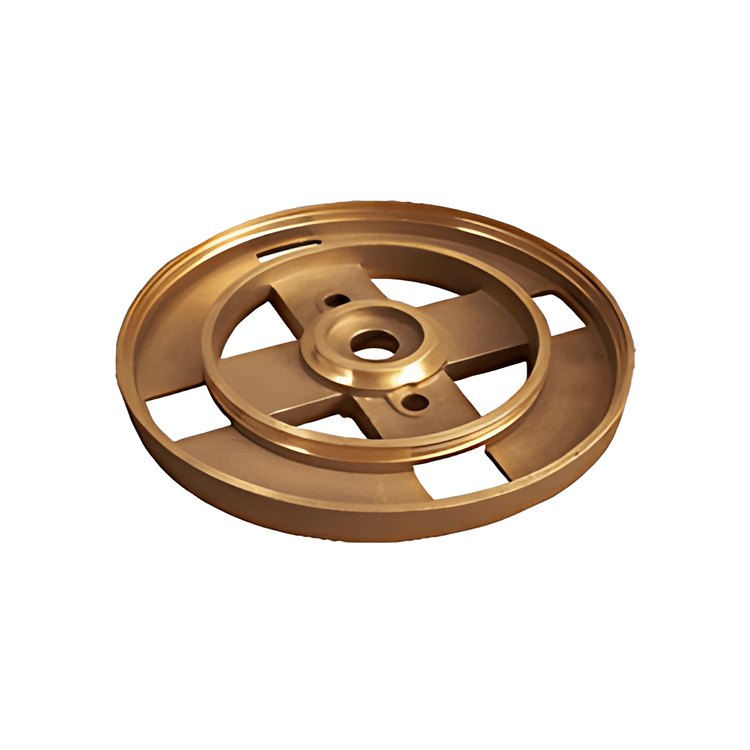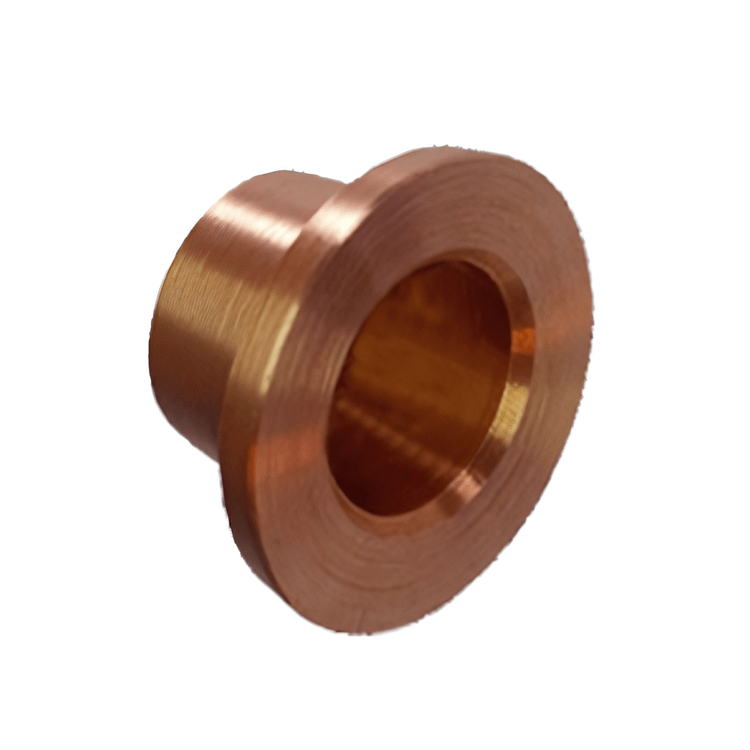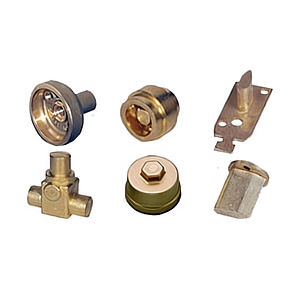



Bronze Alloys Casting
Bronze alloys casting is a centuries-old technique used to create intricate and durable metal components. This process involves pouring molten bronze alloy into a mold cavity, where it solidifies and takes the shape of the mold. Here’s a closer look at the key aspects and benefits of bronze alloys casting.
Alloy Composition
Bronze alloys consist primarily of copper and tin, with additional elements such as aluminum, silicon, or manganese to enhance specific properties. The precise composition of the alloy depends on the desired characteristics of the final product, such as strength, hardness, and corrosion resistance.
Versatility in Applications
Bronze casting finds applications in a wide range of industries, including art, architecture, marine, automotive, and aerospace. It is used to create sculptures, architectural elements, machinery components, bearings, and more. The versatility of bronze alloys allows for the production of both functional and decorative parts.
Intricate Detailing
Bronze casting allows for the creation of highly detailed and complex shapes that may be challenging or impossible to achieve with other manufacturing methods. Intricate patterns, textures, and designs can be faithfully reproduced in bronze, making it a popular choice for artistic and decorative applications.
Durability and Strength
Bronze alloys are renowned for their durability, strength, and resistance to corrosion. Cast bronze components can withstand harsh environmental conditions, including exposure to moisture, UV radiation, and abrasion. This durability makes bronze casting suitable for outdoor and marine applications.
Customization
Bronze casting offers flexibility in design and customization, allowing for the production of unique and bespoke components. Manufacturers can tailor the alloy composition, casting process, and finishing techniques to meet specific customer requirements, resulting in highly personalized products.
Traditional Craftsmanship
Bronze casting has a rich history dating back to ancient civilizations, and it continues to be valued for its traditional craftsmanship and artistry. Skilled artisans and foundry workers use time-honored techniques to create bronze castings, preserving the heritage and legacy of this ancient craft.
Eco-Friendly Manufacturing
Bronze alloys are environmentally friendly materials, as they are highly recyclable and have a long lifespan. Bronze castings can be melted down and reused to create new components, reducing the demand for raw materials and minimizing waste.
Conclusion
Bronze alloys casting is a versatile and time-tested manufacturing process that produces durable, detailed, and customizable metal components. From artistic sculptures to industrial machinery parts, bronze castings offer a wide range of applications across various industries. With its durability, versatility, and traditional craftsmanship, bronze casting continues to be a preferred choice for creating high-quality metal products.






